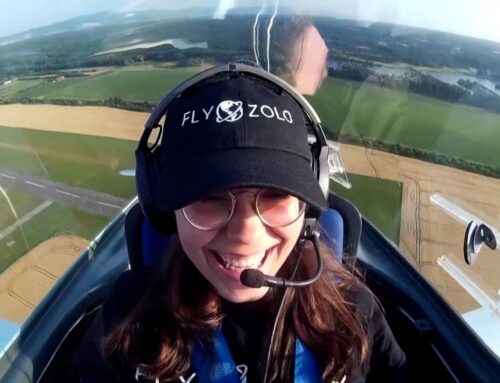As aviation enthusiasts, we often marvel at the wonders of flight, but recent events serve as stark reminders of the inherent risks involved in air travel. The latest incident involving a Boeing 737 aircraft at Dakar’s Blaise Diagne International Airport in Senegal has once again brought air safety into sharp focus.
Video link- https://x.com/fl360aero/status/1788486076388016559

Imagine the scene: a routine flight, operated by Senegal’s Air Sénégal and chartered by TransAir, en route to Bamako, Mali. Passengers settling in, crew preparing for departure—a typical day in the skies. But then, in a sudden twist of fate, the aircraft skids off the runway during takeoff, leaving chaos and confusion in its wake.
For those on board, it must have been a harrowing experience. The abrupt jolt, the sound of metal scraping against the ground, the sudden realization that something had gone terribly wrong. In the aftermath, reports emerged of injuries—ten passengers requiring medical attention, their journey interrupted by unforeseen turbulence.
As aviation enthusiasts and professionals, incidents like these hit close to home. We understand the meticulous planning and rigorous safety protocols that govern every aspect of flight operations. Yet, despite our best efforts, accidents can still occur, reminding us of the ever-present need for vigilance and preparedness.
In the wake of the Dakar incident, questions abound. What caused the aircraft to veer off course? Was it a mechanical failure, adverse weather conditions, or human error? A thorough investigation is underway, seeking answers to these pressing questions and more.
But this incident is not an isolated one for Boeing. In recent years, the company has faced scrutiny over several safety-related issues, including a door panel blowing out of a Boeing 737 Max during an Alaska Airlines flight. This midair blowout, following two 737 MAX crashes in 2018 and 2019, has raised serious concerns about the aircraft’s safety systems and maintenance procedures.
Further denting Boeing’s image, air safety officials in the United States are currently investigating whether employees falsified inspection records for the 787 Dreamliner. These incidents underscore the importance of robust safety protocols and rigorous oversight in the aviation industry, ensuring that every aircraft meets the highest standards of safety and reliability.
As we await the findings of the official inquiry into the Dakar incident, it’s essential to reflect on the broader implications of such incidents. Air travel is a complex and inherently risky endeavor, requiring constant attention to detail and a relentless commitment to safety. Every incident, no matter how minor, serves as a valuable learning opportunity, informing future improvements in aircraft design, operational procedures, and training protocols.
But amidst the sobering realities of air safety, there are also moments of resilience and heroism. The swift response of emergency personnel, the professionalism of the flight crew, and the solidarity of passengers coming together in times of crisis—all serve as reminders of the human spirit’s capacity to endure and overcome adversity.
As we navigate the aftermath of the Dakar incident, let us reaffirm our commitment to aviation safety. Let us honor the memory of those who have lost their lives in aviation accidents by redoubling our efforts to ensure that such tragedies are never repeated. And let us remain vigilant, ever mindful of the risks inherent in the pursuit of flight, yet undeterred in our quest to soar ever higher.
In closing, I invite you to join me in staying informed about developments in aviation safety and preparedness. For future updates and insights, stay tuned to my blog, Aviation Hotshot. And if you have any questions or concerns about aviation safety, please don’t hesitate to reach out to me at info@aviationhotshot.com.
Together, let us strive to make the skies safer for all who travel upon them.





Leave A Comment